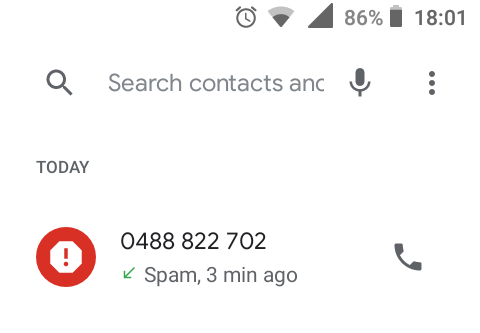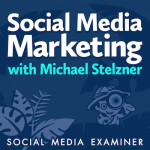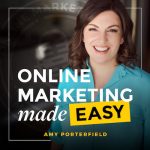Why haven’t you started your marketing plans yet?
Or kept it going?
It’s a common occurrence that around new year’s or the end of financial year you start thinking about your business and marketing plans for the coming period. But you also know that it is quite a daunting prospect trying to get things in order. We discussed this very topic recently on our podcast – listen to the Procrastination ep here)
The fact that things aren’t in order right now makes the problem seem bigger than it actually is and can cause undue worry and anxiety.
Not having your marketing plans in place means you are losing opportunities and ground on your competitors. I know, I know I just started talking about worry and anxiety and then I follow up with even more doom and gloom – sorry.
And I will grant that you that anxiety about a task can lead to procrastination – in which case you need to take a holistic view and create a strategy that will give lead to success but also breaks your tasks down into manageable portions.
Don’t leave your marketing till it’s too late
A previous client had 6 months to prepare for one of the biggest annual events for their industry and whilst the physical attributes of their production were being seen too they continually pushed back the efforts on the digital front thinking that it is the easiest.
We ended up having to do a rush job for them and they still got a result but not the result they would have gotten if the thought and approvals had been there in a timely manner.
If it’s not the daunting nature of starting that has got you dragging your heels then there are usually three main reasons why you haven’t started:
No money
No time
No belief that it will work
To which I say:
Marketing Budgets
Having an appropriate marketing budget is key and by that, I mean a considered look at the finances but also how much X leads or Y conversions would mean to your business’s bottom line.
When you see a political party taking money from education to put somewhere else – you think to yourself “no, we need that shit” – well, marketing is the same you need that shit.
If you don’t have the budget for marketing or not factoring it in to your sale price then your business won’t last long. If it’s not – don’t buy that new car or other luxury item until it is – because getting your messaging out to your potential clients is more important.
No time to run marketing campaigns
Practice what you preach – when we were just starting out we actually had very little time on our hands – so much so, we would be making recommendations to clients that we hadn’t taken on board ourselves. For example, there was a good year or so where we were practically insisting that clients needed to update to a responsive website (one that scales for different size screens – PC, tablet or mobile). But we sucked it up and made the adjustment as soon as we could.
Marketing is a waste of money and resources
It’s not a waste of money – when done correctly marketing will make more sales if that’s the goal. Marketing, even carried out with a modicum of effort and strategy, is still not a waste. You will get knowledge and insight into the market place, your customers, what worked what didn’t; you will raise awareness, gain trust/credibility and build your brand;
Perhaps you have had a bad experience marketing previously, well if you have a bad meal at a restaurant then don’t go back to that restaurant as opposed to never eating again. Sticking with the same analogy of food as marketing – you might be a good cook yourself and by all means keep cooking but if you run out of time to cook and need a restaurant or if you don’t have time to shop or not sure what to cook speak to one of our expert team.
The proof is in the pudding – Marketing may be hard but It’s worth it – It is like Henry Ward Beacher said:
“It’s easier to go down a hill than up it but the view is much better at the top.”





























